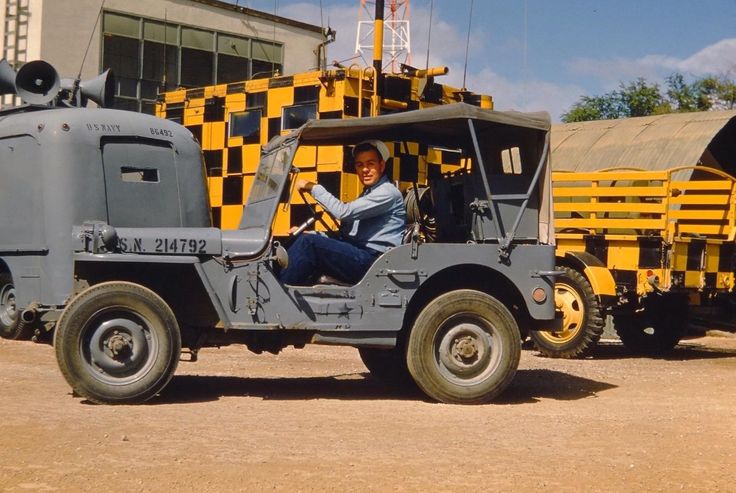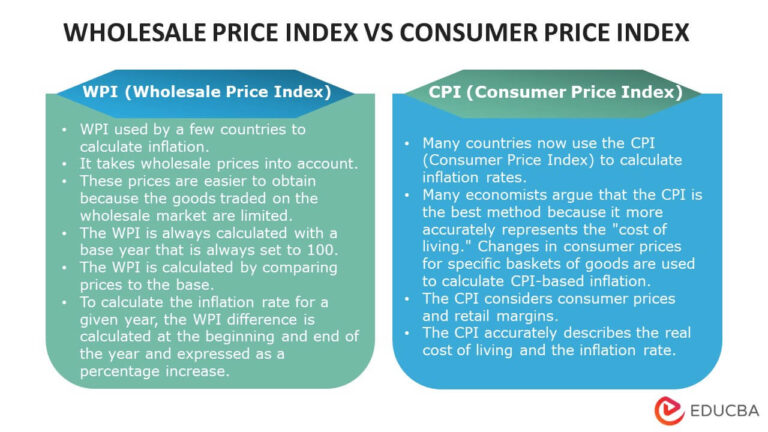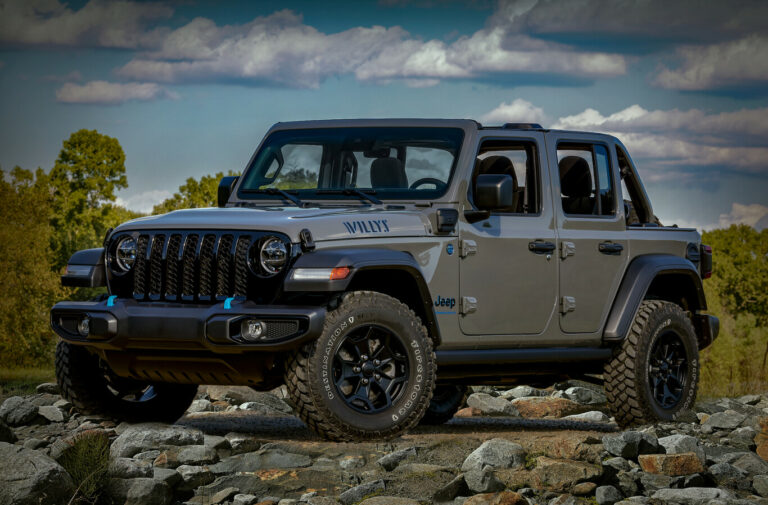WWII Era Jeep For Sale: Your Comprehensive Guide to Owning a Piece of History
WWII Era Jeep For Sale: Your Comprehensive Guide to Owning a Piece of History jeeps.truckstrend.com
The silhouette is unmistakable: a rugged, utilitarian vehicle with an open-top design, flat fenders, and a prominent grille. This is the WWII Era Jeep, a machine so iconic it became synonymous with the Allied victory in World War II. More than just a vehicle, the Willys MB and its Ford counterpart, the GPW, were indispensable tools, serving as ambulances, reconnaissance vehicles, staff cars, and even makeshift tractors. Today, these legendary workhorses are highly sought-after by collectors, history enthusiasts, and anyone who appreciates the simplicity, durability, and sheer historical weight of a truly classic automobile.
For those dreaming of owning a piece of living history, the prospect of finding a WWII Era Jeep for sale can be both exciting and daunting. This comprehensive guide will navigate you through the journey, from understanding what makes these vehicles so special to the practicalities of acquiring, maintaining, and enjoying your very own piece of military heritage.
WWII Era Jeep For Sale: Your Comprehensive Guide to Owning a Piece of History
The Enduring Legacy: Why Buy a WWII Era Jeep?
To own a WWII Era Jeep is to possess more than just a mode of transport; it’s to hold a tangible link to a pivotal moment in human history. These vehicles, affectionately known as "Jeeps," were instrumental in the Allied war effort, embodying American ingenuity and resilience. General Dwight D. Eisenhower famously declared that the three tools that won the war were the C-47 Skytrain, the Bazooka, and the Jeep. This sentiment underscores their profound historical significance and explains much of their enduring appeal.
Beyond their historical value, purchasing a WWII Era Jeep offers several compelling reasons:
- Historical Immersion: Driving a Jeep is a visceral experience that connects you directly to the past. You feel the simplicity of its mechanics, the directness of its steering, and the open-air freedom that soldiers experienced on battlefields across the globe.
- Investment Potential: Well-maintained and authentically restored WWII Jeeps have shown a consistent trend of appreciation in value, making them not just a hobby but a potential long-term investment.
- Unique Driving Experience: In an age of complex, computerized vehicles, the Jeep offers a refreshing return to basics. It’s rugged, mechanical, and demands an engaged driver. It’s not about speed or comfort, but about the raw, unfiltered joy of driving a purpose-built machine.
- Community and Camaraderie: Owning a military vehicle opens the door to a vibrant community of enthusiasts. From military vehicle shows and reenactments to online forums and local clubs, there are countless opportunities to connect with like-minded individuals, share knowledge, and participate in historical events.
- Satisfaction of Preservation: For many, the joy comes from preserving a piece of history, whether through meticulous restoration or careful maintenance of an original "survivor."

Identifying Authenticity: Types and Key Features of WWII Jeeps
Before embarking on your purchase journey, it’s crucial to understand what constitutes an authentic WWII Era Jeep. The vast majority were either Willys MB or Ford GPW models, both produced from 1941 to 1945, with subtle differences due to their respective manufacturing processes.
- Willys MB: Characterized by a "Willys" script embossed on the rear panel (early models), a rounder front frame cross member, and often a smaller, more detailed "W" stamp on many components.
- Ford GPW: Ford produced the GPW ("G" for government, "P" for 80-inch wheelbase, "W" for Willys design) under license from Willys-Overland. Ford models typically have "F" script stamps on various parts (bolts, brackets, etc.), a square front frame cross member, and often a different style of "Ford" script on the rear panel.

Key Identifying Features for Both:
- Data Plates: Critical for identification. Look for original data plates on the dashboard and engine firewall. These plates contain the vehicle’s serial number, delivery date, and model designation (MB or GPW). Be wary of missing or obviously fake plates.
- Frame Numbers: Stamped into the frame rails, usually near the front left wheel. These should ideally match the data plate numbers, though discrepancies can occur due to battlefield repairs or frame replacements.
- Engine Numbers: Stamped on the engine block. While matching engine numbers are highly desirable, many Jeeps had their engines replaced during or after the war, so a non-matching engine isn’t necessarily a deal-breaker but can affect value.
- Original Components: Look for original components like the "Go-Devil" engine, T-84 transmission, and Spicer transfer case and axles.
- Post-War Civilian Jeeps (CJ-2A, CJ-3A): Often mistaken for military models. While they share a similar lineage, CJ models have a civilian-style grille (7 vertical slots vs. 9 for military), a tailgate, and often different lighting and electrical systems. Always verify the specific model.

Understanding these distinctions is vital for assessing authenticity and avoiding overpriced replicas or civilian models passed off as military originals.
The Purchase Journey: Where and How to Buy a WWII Era Jeep
Acquiring a WWII Era Jeep requires careful planning and due diligence. Here’s a guide to the purchase process:
- Research and Education: Before looking at specific vehicles, thoroughly educate yourself on the models, their common issues, and market values. Join online forums (like the Military Vehicle Preservation Association – MVPA), read books, and consult experts.
- Finding a Seller:
- Specialized Classic/Military Vehicle Dealers: These dealers often have a curated inventory, offer restoration services, and provide some level of guarantee. Prices may be higher but often reflect quality and peace of mind.
- Military Vehicle Auctions: Reputable auction houses (e.g., Mecum, Barrett-Jackson, or specialist military auctions) can be excellent sources, but require quick decision-making and a solid understanding of vehicle condition.
- Online Marketplaces: Websites like eBay, Hemmings Motor News, ClassicCars.com, and dedicated military vehicle forums (e.g., G503.com) are popular for private sales. Be cautious and verify information rigorously.
- Private Sellers: Often found through word-of-mouth or classifieds, these can yield good deals but require the most independent verification.
- Inspection is Paramount: Never buy a Jeep sight unseen. If you cannot inspect it yourself, hire a qualified mechanic or military vehicle expert to conduct a pre-purchase inspection. Key areas to check:
- Frame: Look for rust, cracks, or evidence of major repairs/welds. Frame integrity is crucial.
- Body: While surface rust is common, look for extensive rot, especially in the "hat channels" under the body, floors, and toolboxes. Check for signs of significant body filler.
- Drivetrain: Inspect the engine for leaks, unusual noises, and overall condition. Check the transmission and transfer case for smooth operation and leaks. Inspect axles and universal joints.
- Electrical System: Verify lights, gauges, and wiring harness condition. Many old Jeeps have outdated or frayed wiring.
- Brakes and Steering: Test for functionality and responsiveness. These vehicles lack modern power assists, so be prepared for a heavy feel.
- Originality: Cross-reference data plate numbers with frame numbers (if accessible). Check for correct parts and any modifications that detract from authenticity.
- Documentation: Ensure the seller has a clear, transferable title. For older vehicles, sometimes a bill of sale is sufficient, but a title is always preferred for easier registration. Any historical documentation (service records, photos, previous ownership) adds value.
Understanding Condition and Valuation: What Affects Price?
The price of a WWII Era Jeep can vary wildly, from a few thousand dollars for a derelict "project" to well over $50,000 for a meticulously restored, concours-quality example. Several factors influence valuation:
- Condition:
- Project/Parts Vehicle: Incomplete, non-running, or heavily rusted. Requires extensive work.
- Driver Quality: Running and driving, but may have cosmetic flaws, minor mechanical issues, or non-original parts. Good for regular use and gradual improvement.
- Restored: Fully restored to original or near-original specifications. Appearance is excellent, and mechanicals are sound.
- Concours/Museum Quality: Flawless restoration, historically accurate down to the smallest detail, often with provenance. These are the most expensive.
- Originality/Authenticity: Vehicles with matching numbers, original components, and minimal modifications command higher prices.
- Completeness: Does it come with all its original tools, accessories, top, seats, and military specific equipment?
- Provenance: A documented history, especially if tied to a specific unit or notable event, can significantly increase value.
- Accessories: Original wartime accessories like a jerry can, shovel, axe, rifle rack, or even a period-correct trailer can add to the appeal and price.
- Willys MB vs. Ford GPW: While both are highly desirable, some collectors prefer one over the other, leading to minor price fluctuations. Generally, their values are comparable.
Owning a Legend: Maintenance, Operation, and Challenges
Owning a WWII Era Jeep is an experience, but it also comes with its own set of responsibilities and considerations.
- Maintenance: These vehicles are mechanically simple, making them relatively easy to work on for those with basic mechanical skills. However, they require consistent maintenance:
- Greasing: Regular greasing of all chassis points is essential.
- Fluid Checks: Engine oil, transmission fluid, transfer case oil, and differential fluids need regular monitoring and changes.
- Ignition System: Points, condenser, spark plugs, and wires need periodic inspection and replacement.
- Brakes: Drum brakes require adjustment and inspection.
- Tires: Original-style non-radial tires (NDT or "Non-Directional Tread") are available but offer less grip and a harsher ride than modern radials.
- Parts Availability: Surprisingly, many common parts for WWII Jeeps are readily available through specialist suppliers and reproduction manufacturers. More obscure or original-stamped parts can be challenging and expensive to source.
- Driving Experience: Be prepared for a raw driving experience:
- No Power Steering/Brakes: Steering is heavy, and braking requires effort.
- Limited Speed: Top speed is typically around 50-55 mph, and cruising comfortably is closer to 40-45 mph. They are not highway cruisers.
- Rough Ride: The leaf spring suspension provides a bouncy ride, especially on uneven terrain.
- Noise: Engine and road noise are significant due to the open design and minimal insulation.
- Safety: Lacking modern safety features (seatbelts, airbags, crumple zones), driving requires heightened awareness.
- Storage: Protect your Jeep from the elements. A garage or covered storage is ideal to prevent rust and preserve its condition.
- Insurance and Registration: You’ll likely need specialized classic car insurance, which typically offers agreed-value policies. Registration requirements vary by state or country, but most can be registered as a standard vehicle. Some states offer historic vehicle plates.
Restoration or Preservation? Making the Right Choice
When you acquire a WWII Era Jeep, you’ll face a choice: restore it to its original glory or preserve its current condition, embracing its "survivor" patina.
- Full Restoration: This involves disassembling the vehicle, addressing all rust and mechanical issues, repainting, and rebuilding components to factory specifications. It’s a costly and time-consuming endeavor, often requiring professional help, but results in a showroom-quality vehicle.
- Driver Quality Restoration: A more practical approach, focusing on making the Jeep mechanically sound, safe, and presentable without striving for absolute historical perfection. This allows for more frequent use.
- Preservation: For vehicles with significant original components and an authentic patina, some owners choose to clean, mechanically sort, and protect the vehicle without repainting or major overhauls. This approach celebrates the vehicle’s history and wear.
The choice depends on your budget, mechanical skills, intended use, and personal philosophy. Many resources, including original military manuals (TM 9-803), online forums, and specialist shops, are available to assist with either path.
Price Guide: WWII Era Jeep For Sale
The following table provides a general price guide for WWII Era Jeeps (Willys MB and Ford GPW). Please note that these are estimates, and actual prices can vary significantly based on location, seller, specific features, and market demand.
| Condition Category | Description | Estimated Price Range (USD) | Key Considerations |
|---|---|---|---|
| Project/Parts | Incomplete, non-running, significant rust/damage, missing major components. "Barn find" condition. | $5,000 – $15,000 | Requires complete mechanical and body overhaul. High restoration costs. |
| Running Project | Runs and drives, but rough condition. Needs extensive mechanical work, body repair, and restoration. | $15,000 – $25,000 | Functional but not reliable. Still a significant investment in time and money for restoration. |
| Driver Quality | Mostly complete, mechanically sound and roadworthy. Presentable but may have minor flaws, non-original parts. | $25,000 – $40,000 | Can be driven immediately. Good for gradual improvement or enjoying as-is. |
| Restored | Professionally restored to a high standard, excellent appearance, all systems functional. | $40,000 – $65,000 | Ready for shows or regular use. Quality of restoration dictates the higher end. |
| Concours/Museum | Meticulously restored to factory original specifications, historically accurate, often with provenance. | $65,000 – $100,000+ | Top-tier collector vehicles. Rare and highly sought after. |
Additional Costs to Consider:
- Pre-Purchase Inspection: $200 – $800
- Shipping/Transport: $500 – $2,500+ (depending on distance)
- Initial Maintenance/Fluids: $200 – $500
- Insurance (Annual): $200 – $600 (for classic car insurance)
- Registration/Title Fees: Varies by state/country
Frequently Asked Questions (FAQ)
Q1: Are WWII Era Jeeps street legal?
A1: Generally, yes. Most WWII Era Jeeps can be registered and driven on public roads, provided they meet basic safety requirements (lights, turn signals, brakes, etc.) which are usually part of a proper restoration. Check your local regulations.
Q2: Are parts hard to find for WWII Jeeps?
A2: Common mechanical and body parts are surprisingly available through specialist suppliers and reproduction manufacturers. However, very specific original-stamped parts or rare accessories can be challenging and expensive to locate.
Q3: Can a WWII Era Jeep be a daily driver?
A3: While mechanically capable, it is not recommended for daily driving. They lack modern comforts, safety features, and speed for highway use. They are best enjoyed for weekend drives, shows, and off-road adventures.
Q4: What’s the main difference between a Willys MB and a Ford GPW?
A4: The core design and functionality are identical. The primary differences lie in manufacturing details, such as stamped part numbers (Willys-script vs. Ford "F" script), subtle frame variations, and specific component suppliers used by each factory.
Q5: How much does it cost to restore a WWII Jeep?
A5: Restoration costs vary wildly depending on the starting condition and desired level of finish. A full, professional restoration can easily range from $20,000 to $50,000 or more, in addition to the vehicle’s purchase price. DIY restorations can be cheaper but require significant time and skill.
Q6: Do WWII Jeeps hold their value?
A6: Yes, well-maintained, authentic, and properly restored WWII Jeeps generally hold or appreciate in value due to their historical significance and finite supply. They are considered stable investments in the classic vehicle market.
Q7: Do they use regular gasoline?
A7: Yes, the original "Go-Devil" engine runs perfectly fine on modern low-octane unleaded gasoline. No special fuel is required.
Conclusion
The WWII Era Jeep is more than just a classic vehicle; it is a symbol of an era, a testament to robust engineering, and a cherished piece of history. Owning one is an immersive experience that connects you to the past, offers a unique driving adventure, and opens doors to a passionate community. While the journey of acquiring and maintaining such a vehicle requires careful consideration, research, and a commitment to preservation, the rewards are immeasurable. Whether you envision a meticulously restored showpiece or a rugged "driver" for historical reenactments, a WWII Era Jeep offers a tangible link to a pivotal moment in time, ensuring that the legacy of "the vehicle that won the war" continues to roll on for generations to come.






